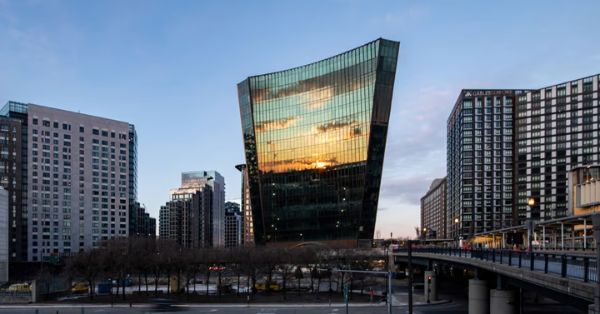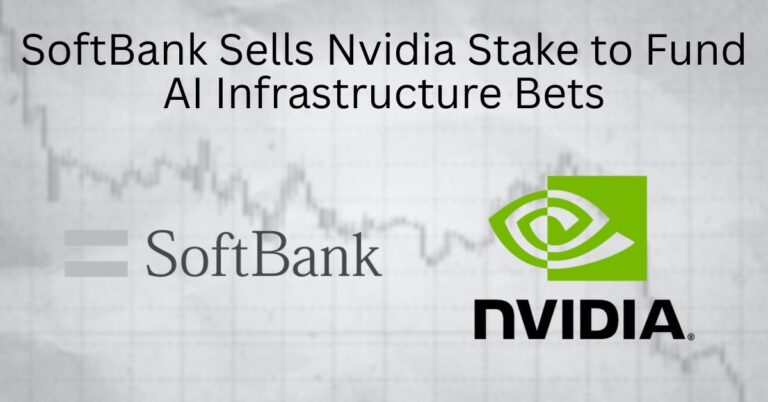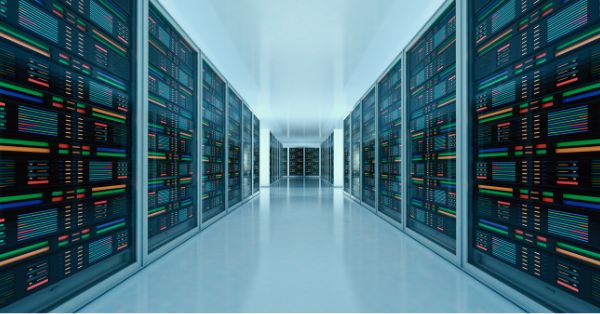The future of work is being written right now, and at the heart of this narrative is the rise of AI agents. These intelligent systems, capable of performing complex tasks, are poised to reshape the labor market. But how do we ensure this transformation benefits both businesses and, crucially, the workers who will be directly impacted? A groundbreaking study from Stanford University, “Future of Work with AI Agents,” offers a crucial roadmap, introducing the concept of the “Green Light Zone” and illuminating the path towards a more harmonious and productive future.
This research paper, which forms the foundation of this article, moves beyond the simplistic “automate-or-not” debate and delves into the nuanced relationship between worker desires and AI capabilities. It introduces a novel auditing framework, the Worker Outlook & Readiness Knowledge Bank (WORKBank), to understand where workers want AI agents to take over tasks and where they envision a collaborative future.
Understanding the Zones: A Desire-Capability Landscape
The WORKBank database, built on the U.S. Department of Labor’s O*NET database, analyzes 844 tasks across 104 occupations, gathering insights from 1,500 domain workers and 52 AI experts. This data reveals a landscape divided into four key zones:
- Automation “Green Light” Zone: Tasks where both workers desire automation and AI has the capability to perform them. This is the sweet spot – the area where AI agents can seamlessly integrate, freeing up workers to focus on higher-value activities.
- Automation “Red Light” Zone: Tasks where AI has the capability but workers don’t desire automation. This could be due to concerns about job security, a desire to maintain agency, or the enjoyment derived from performing the task.
- R&D Opportunity Zone: Tasks where workers desire automation but AI currently lacks the capability. This zone highlights areas where further research and development are crucial to unlock significant productivity gains.
- Low Priority Zone: Tasks where neither workers desire automation nor does AI have the capability.
Insights from the Study: Worker Wishes and AI’s Capabilities
The WORKBank data yielded several key findings, painting a clear picture of the evolving workplace:
- Workers Want Automation for Low-Value Tasks: Workers expressed a desire for AI agent automation for 46.1% of the tasks, primarily to free up time for high-value work.
- Mismatches Exist: The study reveals critical mismatches between worker desires and technological capabilities. For example, 41% of Y Combinator company-task mappings are concentrated in the Low Priority Zone and Automation “Red Light” Zone. This highlights a need to align AI development with worker needs.
- Human Skills Are Shifting: The study suggests that core human competencies are evolving. Skills like analyzing information may become less emphasized, while interpersonal and organizational skills are gaining importance.
- The Green Light Zone is Intuitive: As mentioned by Oliver King-Smith, the Green Light Zone often aligns with tasks that workers find tedious or time-consuming.
The Green Light Zone in Action: Examples
Let’s consider some concrete examples to illustrate the Green Light Zone, where AI can truly augment human capabilities:
- Project Management: Tasks like generating project requirements documentation are prime candidates for automation. AI agents can assist with initial drafts, identify missing information, and streamline the process, allowing project managers to focus on strategy and team collaboration.
- Data Entry: Entering data into spreadsheets or databases is often a repetitive and time-consuming task. AI agents can automate this process, freeing up workers for more analytical work.
- Customer Service: AI-powered chatbots can handle routine inquiries, freeing up human agents to resolve complex issues and build relationships with customers.
Oliver’s Perspective: The Human Element
As Oliver King-Smith, founder and CEO of smartR AI, emphasizes, “The Green Light Zone taps into a fundamental human desire: the urge to create. No one gets particularly excited about a mountain of preliminary tasks. Engineers, designers, and innovators are driven by a passion for building, solving problems, and inventing. They crave the opportunity to get their hands dirty, to see their ideas take shape. The Green Light Zone is about facilitating that. It’s about providing the support and structure around the planning phase so that creative teams can quickly move into design, coding, and building.”
Implications and the Road Ahead: A Collaborative Future
The “Future of Work with AI Agents” study offers valuable insights for all stakeholders in the future of work:
- Workers: Understanding the HAS and identifying skills that will be in demand in the future can help workers adapt to the changing landscape.
- Developers: The study highlights areas where AI development efforts should be focused, ensuring that AI agents are aligned with worker desires and needs.
- Businesses: By strategically implementing AI agents in the Green Light Zone, businesses can boost productivity, improve employee satisfaction, and drive innovation.
The research emphasizes the importance of aligning AI agent development with human desires and preparing workers for evolving workplace dynamics. By embracing the principles of the Green Light Zone, we can pave the way for a future where AI and humans work together to create a more efficient, fulfilling, and equitable work environment. The future of work is not just about automation, it is about augmentation, collaboration and empowering workers to thrive.









































